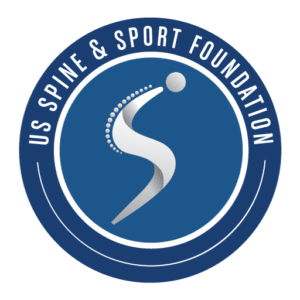Manuscript published by Foundation team: Matheson LN, Verna JL, Mayer JM. Development and validation of a method to screen for co-morbid depression by non-behavioral health practitioners treating musculoskeletal pain. Work, 2020;6(3) (accepted).
Objectives: To demonstrate the efficacy and validity of a method employed by non-behavioral health practitioners to screen for and appropriately triage musculoskeletal pain patients who also are experiencing depressive illness. Methods: As part of a previously-published psychometric research study conducted in a community-based musculoskeletal pain rehabilitation program, a method was developed for nonbehavioral health practitioners to screen for and appropriately triage patients for co-morbid depressive illness, thus providing the current opportunity to examine the effects of depressive illness on work outcomes. This paper describes the screening method and its application in an observational study of the impact of depressive illness on work outcomes. Results: Among 156 consecutive patients who were presenting with musculoskeletal pain disorders to an outpatient rehabilitation program, 22.3% also were identified to have co-morbid clinical depression. The screening process allowed all patients to continue in the rehabilitation program. Those who were already receiving behavioral health care were encouraged to inform care providers of their participation in the program. Those who were not receiving behavioral health care were successfully triaged to care outside of the clinic. Depressive illness was found to affect success in the program, confirming the validity of the screening process for outpatient rehabilitation program participants experiencing chronic pain. Conclusions: A simple and effective depression screening process that triages patients without interruption of musculoskeletal treatment can be employed by nonbehavioral health practitioners. Because return to work outcomes were found to be negatively affected by depressive illness, this approach has the potential to improve overall program efficacy.

Leave a Reply
Want to join the discussion?Feel free to contribute!